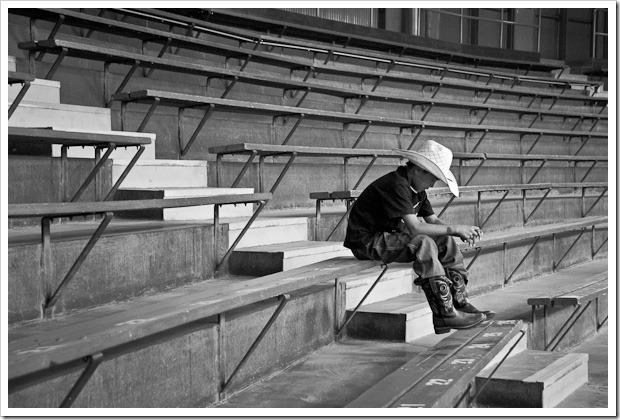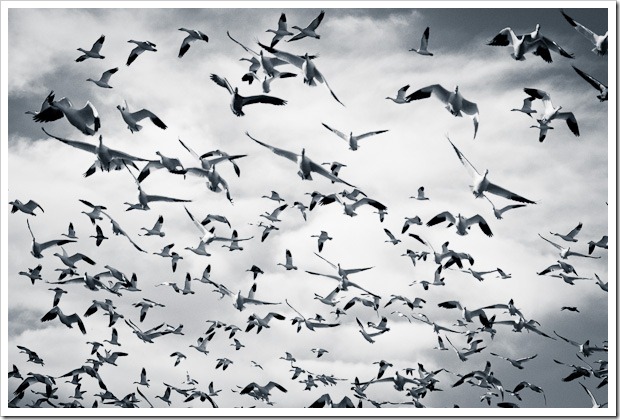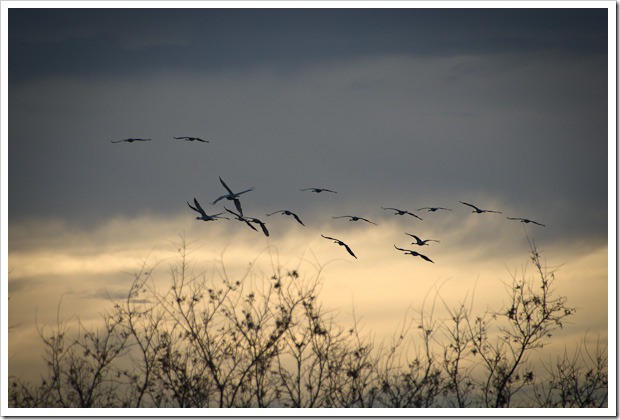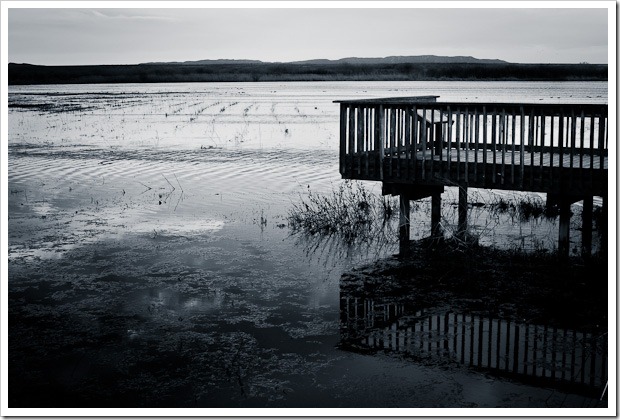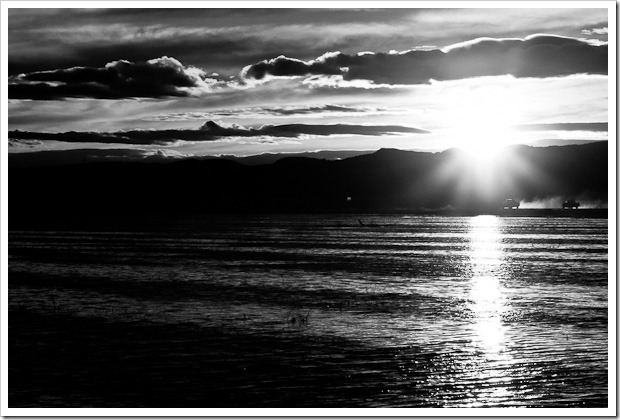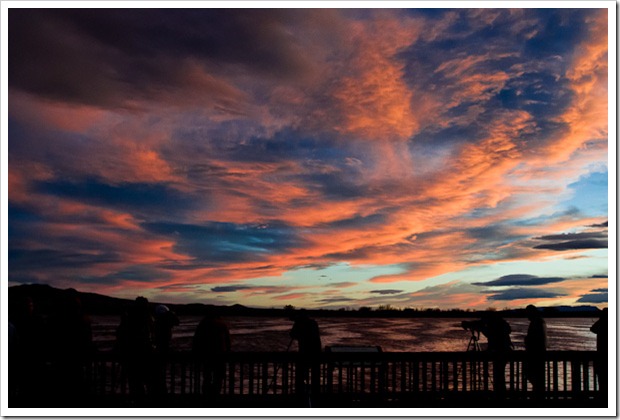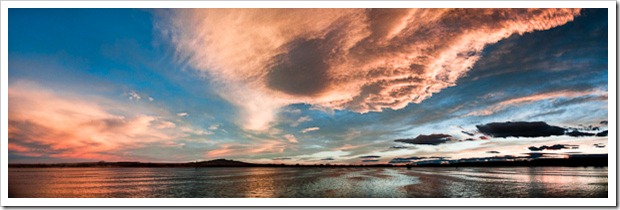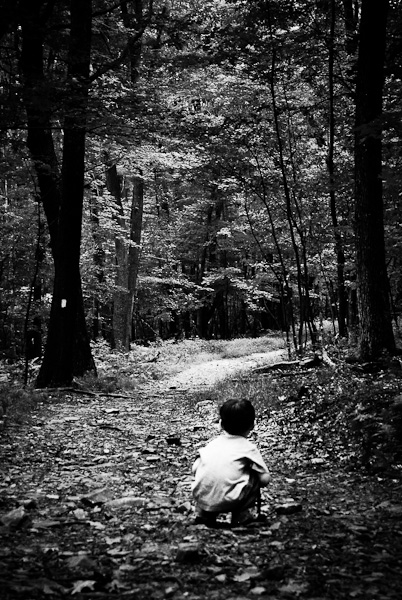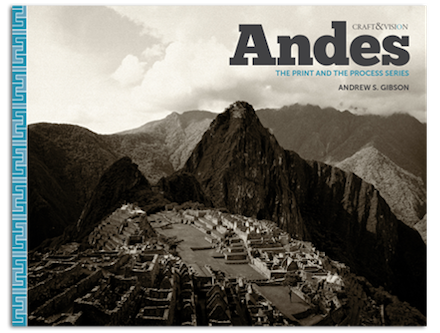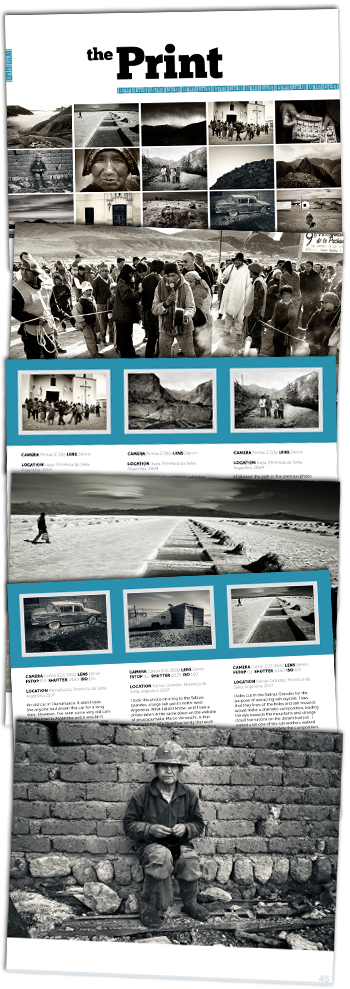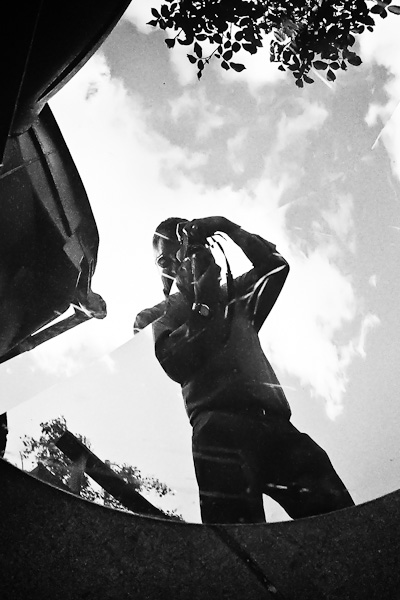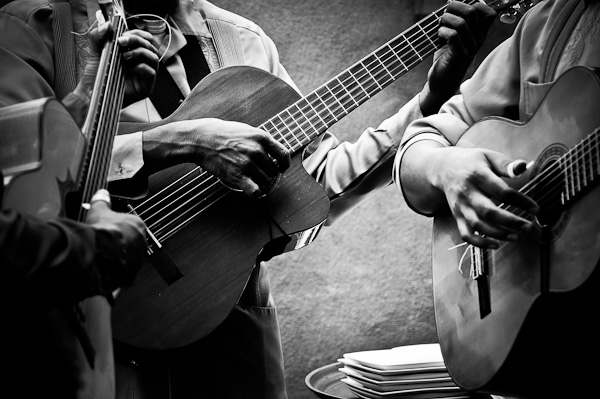 Submit to a daily practice. Keep knocking and the joy inside will eventually open a window. -Rumi
Submit to a daily practice. Keep knocking and the joy inside will eventually open a window. -Rumi
Things have been busy here in monkdom. I know many of us have busy lives; it is one of the things that tends to define us as Americans, it seems, and I notice it often as a casual yet telling response to a friendly greeting in my parts. “What you been up to?” the greeter asks. “Oh, not much. Busy, busy…”
Not many more details are given and none more are requested, as if to say “well, if you won’t volunteer it, or don’t remember it, then it’s not that important to me.”
Well, here, we’ve been busy, busy. And I’m gonna tell you about it, mostly because I’m enthused about it and also because all this business is separating the wheat from the chaff for me and the role of photography in my life.
The quote above is a quick little ditty that has deep meaning for those spiritually oriented, but it also speaks true of those of us in the quest for that satisfying artistic expression: our voice. “Submit to a daily practice and have faith” that quote seems to say. Work daily, practice daily, be mindful, daily and what you seek or what you need will somehow, somewhere, present itself.
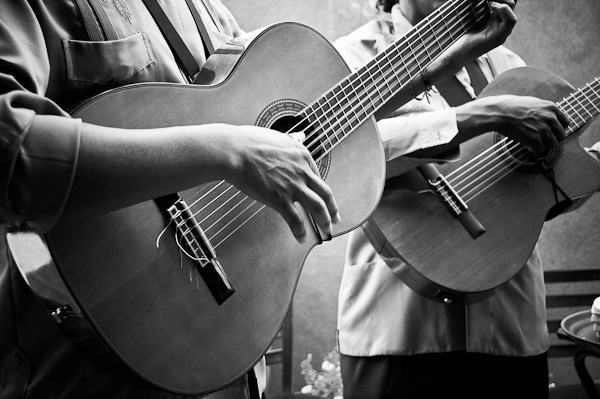
It is a challenging thing to do because submitting to this daily practice is supposed to challenge you. It is supposed to make you question what you are doing and why you are doing it. It is supposed to take you right to the edge of the limits of what you know about your art (and even perhaps yourself) and make you peer, seriously peer, over the edge at “what if?”
For me this has been coming through stress, challenging work, lack of sleep, deadlines, limits, and illness. Life has been full, my responsibilities feeling so vast, that there seemed to not be room for photography in it. I actually asked myself if I should stop for now; if I was trying to do too much.
I haven’t fully answered that question yet but I find myself coming through it all with greater clarity and with a realization that despite all the challenges some wonderful things have taken place throughout it all. I was recently paid to photograph a Baptism and was quite pleased with the result; I’ve had a photographic series published at Rear Curtain (the first and hopefully not the last); I’ve started lightening my gear bag as I wander and travel with wonderful results and more enjoyable trips; I’ve completed a new photobook I am excited about and awaiting the proof with anticipation; I’ve edited down a huge series to 6 images that I think tell a story with greater impact; I’ve begun to expose myself to varying art forms with greater enthusiasm and energy.
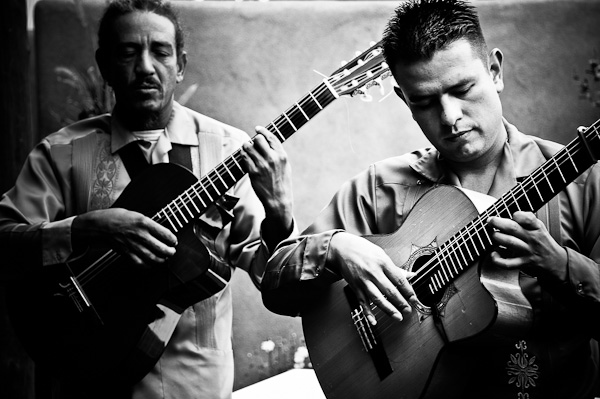 This past Saturday I convinced my family to take a drive to Santa Fe and had the chance to visit the Verve Photography Gallery there. It is a wonderful place with a welcome and accommodating staff and some of the most astounding photography gracing the walls. My purpose there was more directed than just taking in the prints displayed. I was after a book, or books, by Norman Mauskopf. Ever since Daniel Milnor (aka. Smogranch) had mentioned Mauskopf in a blog post I’d wanted to see his stuff. Both Milnor and Mauskopf are undertaking or have undertaken projects close to my heart: Milnor is engaged in a lengthy project on New Mexico and Mauskopf has completed fantastic works on horse racing, rodeo, and the Latino descendants of Spanish settlers in Northern New Mexico. All of these projects rank in the “holy crap” level of difficulty.
This past Saturday I convinced my family to take a drive to Santa Fe and had the chance to visit the Verve Photography Gallery there. It is a wonderful place with a welcome and accommodating staff and some of the most astounding photography gracing the walls. My purpose there was more directed than just taking in the prints displayed. I was after a book, or books, by Norman Mauskopf. Ever since Daniel Milnor (aka. Smogranch) had mentioned Mauskopf in a blog post I’d wanted to see his stuff. Both Milnor and Mauskopf are undertaking or have undertaken projects close to my heart: Milnor is engaged in a lengthy project on New Mexico and Mauskopf has completed fantastic works on horse racing, rodeo, and the Latino descendants of Spanish settlers in Northern New Mexico. All of these projects rank in the “holy crap” level of difficulty.
These two are in the stratosphere of documentary photography and noticing my attraction to their work has made me realize the pull I feel in my photography. What that is exactly still remains to be seen-that will require more practice-but the idea and the way has begun to take form in the fog.
By the way, Mauskopf is teaching a visual storytelling workshop in Santa Fe this October through Santa Fe Photographic Workshops and Daniel Milnor is leading one in Peru.

